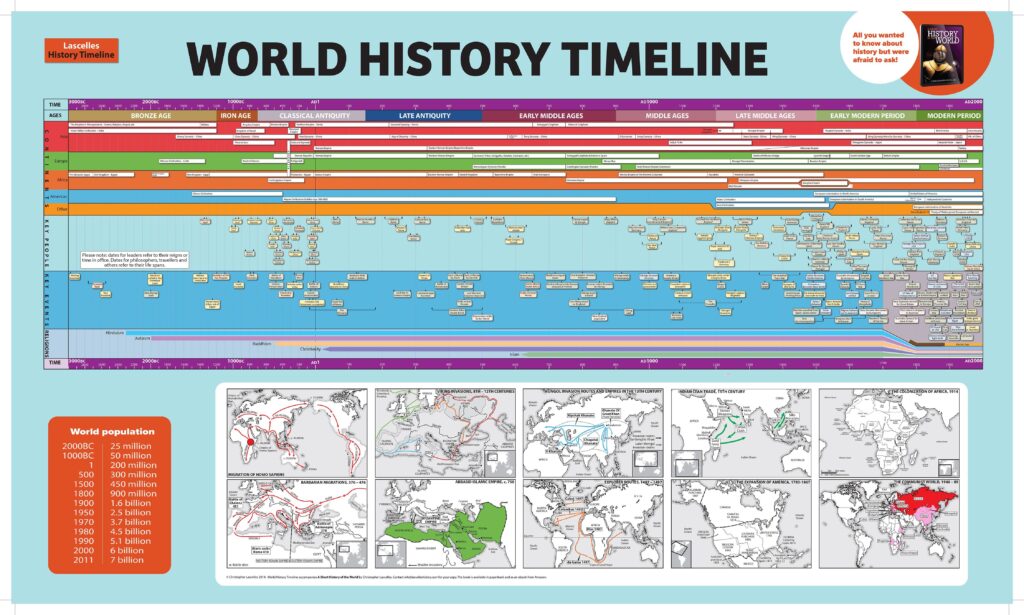One of the biggest struggles that I had as a student in my early years of education was trying to effectively engage with my Social Studies courses by trying to remember as much as humanly possible. To be completely honest, I thought that to be a good learner meant that I had to know things like every name of the various U.S. presidents including their middle names and how old they were when they passed. While that certainly is information that is crucial in having a basic understanding of a country’s history, I always found myself feeling like I did not know enough. Even at my current age, I encounter individuals who also have a passion for history and seem to know something about everything whereas I only know a little bit about specific topics. However, as I have gotten older I have realized that my situation is similar to many. Most people who seem to have a plethora of knowledge mainly do so because they study particular areas that they are truly interested in like battles, machinery, and weaponry. Additionally, many older historians typically have a lot to say about the field since they have had a lot of time to research it. This is something that I have realized that I can apply to my future classrooms as a professional educator.
Many times in my education-related courses it has been stated that my classmates and I will never be able to cover all of the material that we have to present. While at first that seemed a bit saddening to hear, I have realized that that is a truly influential key in evaluating how I will formulate my course curriculums. It is practically impossible to cover everything, so trying to fit every fact and event into a semester is pretty much useless. So what is the answer to this dilemma? As I have come to find out, many professors have recently questioned past methods of teaching and evolved them into presentations that are more effective. Multitudes of educators, specifically within the Social Studies department have realized that instead of focusing on basic facts like names, dates, and areas, it tends to be more engaging for students if they take in information through the format of themes.
Through articles written by teachers like Jayson Chang in “The Civic Educator”, they bring up the question that many students ask, “Why is this important?” or “Why are we learning this?”. While I specifically had that question myself in courses like Math and English, I can absolutely see why pupils would ask about the legitimacy of having to remember things like who created a specific machine or who won a specific battle that is not influential or impactful to their lives. Having to remember minute details about things from decades ago is tedious and with many things trying to grab students’ attention today, it is very unlikely that they will remember the information a week or two after they are tested on it. That is why I will mold my lectures according to a thematic order when the time comes. Being able to connect facts by bringing in multiple angles and perspectives is what I hope will benefit my students instead of making them crunch as many dates and names into their heads as possible. I believe that with more experience and practice I will realize what methods influence retention and engagement within my classroom. Instead of looking at the small factor I will prioritize observing and surveying the big picture.


Well, I can tell you for sure that I probably don’t know the middle name of any US president. I feel that I have always had a hard time remembering what is important. For some reason, I always feel I remember what is likely the least important thing in a class. While I am not particularly bad at any subject except math, I also don’t excel in any subject. While I do feel there are some positives about being a jack of all trades I always feel somewhat inferior when everyone around me knows so much more about a given topic. Hopefully one day I can find my particular interest and excel like other people seem to do in their given topics.